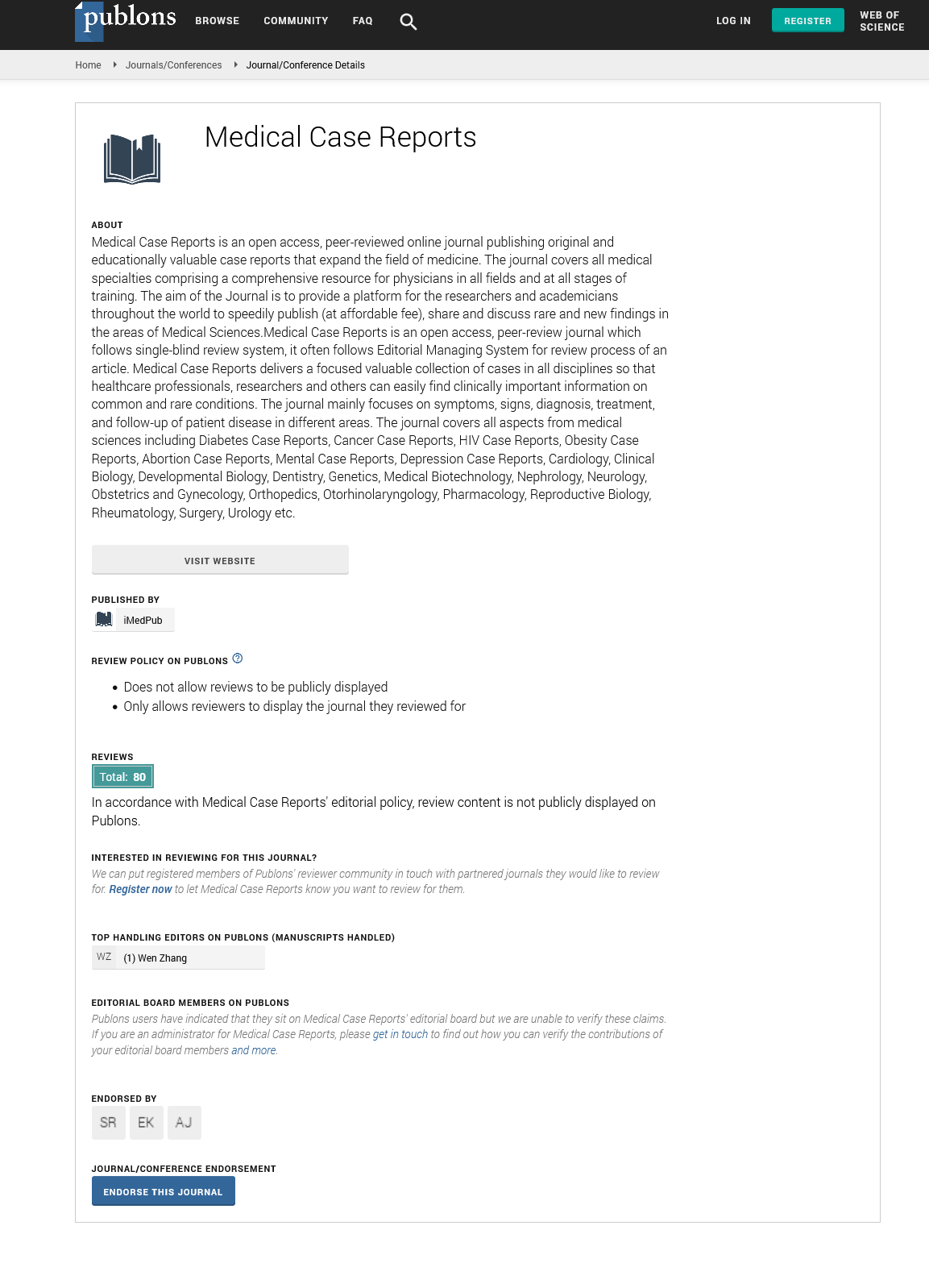Abstract
A Rare Case of a Perirectal Horseshoe Abscess
Anorectal abscesses are common, painful infections of the small anal crypt glands that can expand into the ischiorectal and supra levator spaces. There are approximately 100,000 cases of anorectal infections per year in the United States, mostly affecting people between the ages of 20 to 60, with men affected twice as much compared to women. Retroperitoneal abscesses follow a more silent course causing diagnosis to be delayed. Horseshoe abscesses are one of the more complex, retroperitoneal, subtypes of anorectal abscesses, making up about 15%-20% of anorectal abscesses. They form posterior to the anal canal and coccyx, with the pelvic floor superior, and anococcygeal ligament inferior; this space connects with the ischiorectal fossae. Due to this deep posterior location, spread of the abscess continues laterally, either unilaterally or bilaterally, into the ischio anal fossa forming a “horseshoe”. Commonly misdiagnosed as hemorrhoids, anorectal abscesses require urgent surgical and antibiotic intervention to prevent debilitating spread of infections.
Author(s):
Anish Thomas*, Mark Samaraneh and Elisha Shah
Abstract | Full-Text | PDF
Share this

Google scholar citation report
Citations : 241
Medical Case Reports received 241 citations as per google scholar report
Medical Case Reports peer review process verified at publons
Abstracted/Indexed in
- Google Scholar
- China National Knowledge Infrastructure (CNKI)
- Cosmos IF
- Directory of Research Journal Indexing (DRJI)
- WorldCat
- Publons
- Secret Search Engine Labs
- Euro Pub
Open Access Journals
- Aquaculture & Veterinary Science
- Chemistry & Chemical Sciences
- Clinical Sciences
- Engineering
- General Science
- Genetics & Molecular Biology
- Health Care & Nursing
- Immunology & Microbiology
- Materials Science
- Mathematics & Physics
- Medical Sciences
- Neurology & Psychiatry
- Oncology & Cancer Science
- Pharmaceutical Sciences


